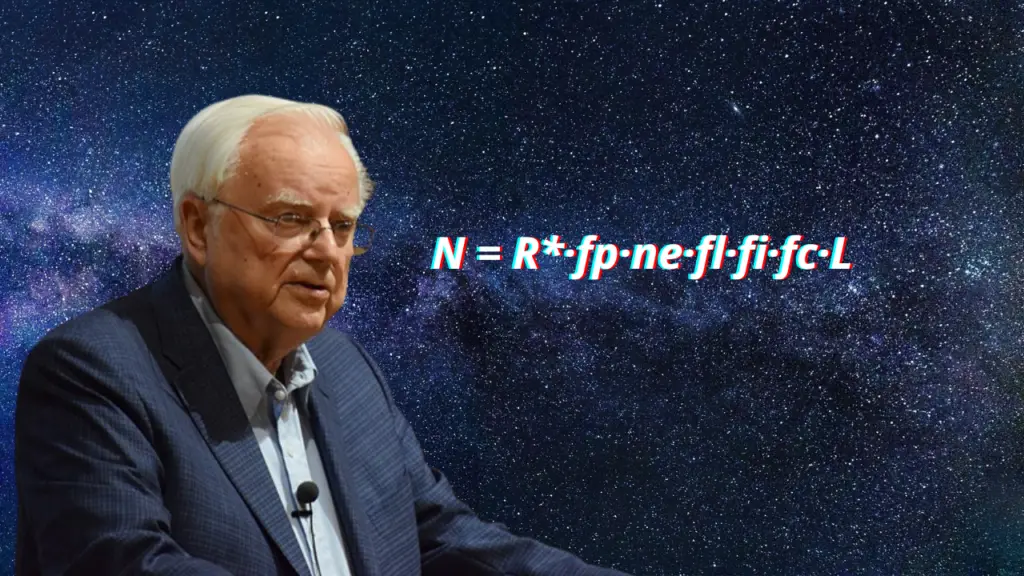The Milky Way galaxy, which houses about 300-billion-star systems including our solar system is estimated to be 100,000 light years across. This implies that our home galaxy is about 1,000,000,000,000,000,000 km (about 100,000 light-years or about 30 kpc) across.
Hence, many people assume that a galaxy of about this size is extremely massive and thick enough to accommodate billions of stars, planets, and other cosmic objects.
Well, the fact remains that the Milky Way is supermassive. However, astrophysicists like Neil deGrasse Tyson have shown more concern about the thickness of our galaxy. During his recent show at StarTalk, Tyson revealed that we live in a thin galaxy.
“You know that we live in a thin galaxy,” Tyson said. “You say how thin is it? Is it flatter than a flapjack? Yes, it is,” he answers.
“In fact, the galaxy is 100 times wider than it is thick,” he continued. “And the only thing I can think of that has those proportions is like a crepe. So the Milky Way galaxy, a spiral galaxy, and nearly all other spiral galaxies in the universe are crepes. Now, we in the solar system are embedded within the crepe.”
How Observations outside our thin Milky Way Galaxy are made possible
Tyson also revealed the uniqueness of our galaxy and how it enabled us to observe the universe from within.
“But the galaxy is so thin that you can see out of it by looking above or below the disc,” he stated. “But if you look within the disc, it’s very hard to see out of the galaxy. So in the night sky, if you live somewhere other than a city, you will see the band of light called the Milky Way.”
“That’s not some other thing. You are looking within the disc,” Tyson explains. “When you look away from that direction, you are looking above and below the crepe. And these are our only sightlines to the rest of the universe.”
“So, all of our knowledge of distant galaxies and the Big Bang comes to us through these cones of views looking above our galaxy and below,” he added. “Because within our galaxy our view is completely blocked,” he concludes.
Frequently Asked Questions
How thin is the Milky Way galaxy?
The Milky Way galaxy has a size of about 26.8 ± 1.1 kpc (87,400 ± 3,600 ly). It has a diameter of about 25.0 mag/arcsec2 B-band isophote. The thickness of the thin disk of the Milky Way is about 220–450 pc (718–1,470 ly).
While the thickness of a thick disk is about 2.6 ± 0.5 kpc (8,500 ± 1,600 ly). The number of stars in the galaxy ranges between 100 to 400 billion and also billions of planets.
What is the difference between thick and thin disk galaxies?
The difference between thick and thin disk galaxies includes the following. The thin disk (the narrower of the two disks) contains dust gas and stars as well. However, the broader thick disk contains mostly stellar. Astronomers revealed that thick disks exist in some galaxies but not all disk galaxies.
Is there a galaxy bigger than the Milky Way?
The Milky Way is about 100,000 light-years across. This implies that our home galaxy is supermassive. However, the Andromeda Galaxy, which is our nearest neighboring galaxy is much larger.
Astronomers reveal that billions of galaxies scattered all over our universe are much larger than the Milky Way galaxy.
Conclusion
Astrophysicist Neil deGrasse Tyson revealed that we live in a thin galaxy. This implies that the Milky Way galaxy which houses billions of stars, planets, and other cosmic objects is extremely thin. What do you think about this? Check out these galaxy lights to decorate your room.





